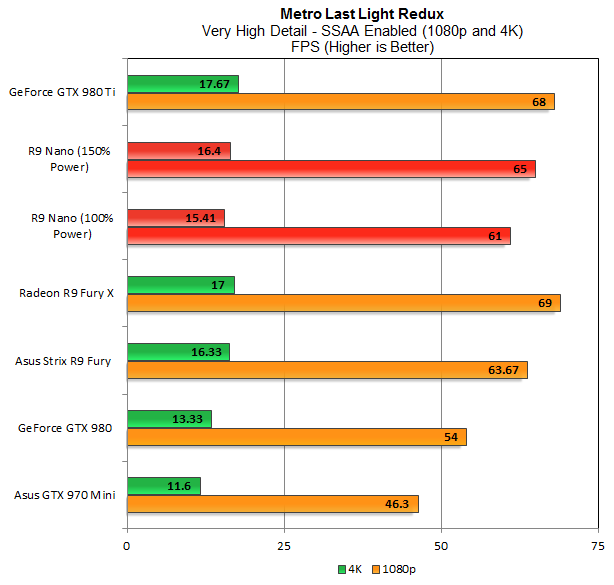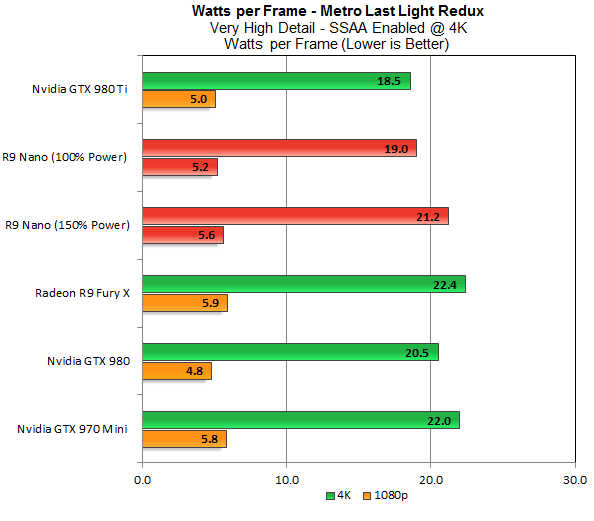VR technology pushes Sony to build 4K console

VR is knocking on the door
The culture of PC gaming in Western countries is not as developed as in our latitudes. A huge number of gamers from the United States prefer to spend time playing games sitting on the sofa in the living room and holding a gamepad in their hands rather than at the personal computer monitor.
It is this factor, and the potential target audience from the United States is very numerous, and can play a decisive role in the abrupt increase in the power of consoles - after all, VR-technologies are already breaking the door, and to lose this market, which is now focused, for the most part on gamers, does not want.
')
4K is not a whim, but a necessity for creating comfortable operating conditions for the first generation of mass-produced VR helmets from various manufacturers. People who had to deal with the developer kit and early models, noted the uncomfortable low quality of the image in glasses with full-HD displays, so if console manufacturers want to join the race for the consumer, then they have little choice.
In the meantime, everything is not too bright. In particular, at the moment there are simply no graphics processors that could be “packaged”, for example, in PS4 and save the price of “curling” at the level of $ 400. Yes, the cost of components in the analysis has decreased from $ 322 at the start of sales to $ 121, but this does not alleviate the fate of Sony.
Slightly reduce the pressure on the console manufacturers can process technology at 14 nm, but this is not enough. From the performance graphs compiled by the Extremetech team using the example of the Metro Last Light Redux game, it becomes clear why:

The bigger, the better
Now even 4K graphics cards sag under load of 4K-pictures (which is why it is recommended to use SLI-bundle of two GTX Titan for comfortable work of VR helmets), and now imagine how to “shove” all this into the console, taking into account their strength In recent years, the absence of “lags”, drawdowns of FPS and other “charms” of PC gaming is considered. If we take a GPU worth $ 100-120 dollars so that Sony can continue to adhere to its pricing policy of $ 400 / piece, we get the following picture:

Less is better
The graph above reflects the power consumption in watts for rendering each frame in 4K. Those. for FPS of 30 frames, at least 230W of input power is required, and these are huge amounts of heat.
The second part of the ballet is the computational power of the CPU, video memory and RAM. There will also need an "upgrade" and there are no solutions to this problem on the market. It will take at least GDDR5 memory, and there are simply no offers in the market imputed at cost (based on the production budget of $ 400). Also, consoles do not have enough CPU clock speeds, since historically, the console went in the direction of midrange processors.
So, is everything gone?
Not really. The same Sony can upgrade its PS4, add HDMI 2.0 under 4K, implement support for 4K multimedia and upgrade its GPU. If we assume that AMD will take the most economical solution in terms of power consumption, requiring “only” 2.08W / frame, Sony will be able to meet the 125W power consumption declared for their equipment class and provide a full-HD picture with 60 FPS and “iron” and the usual console gamers 30 FPS in any case.
The second point - 14 nm process technology. What the new technology will bring us and how much the reduction in nanometer dimensions will affect the “computing power per square centimeter of the chip” is not yet fully known.
Via extremetech
Source: https://habr.com/ru/post/368507/
All Articles